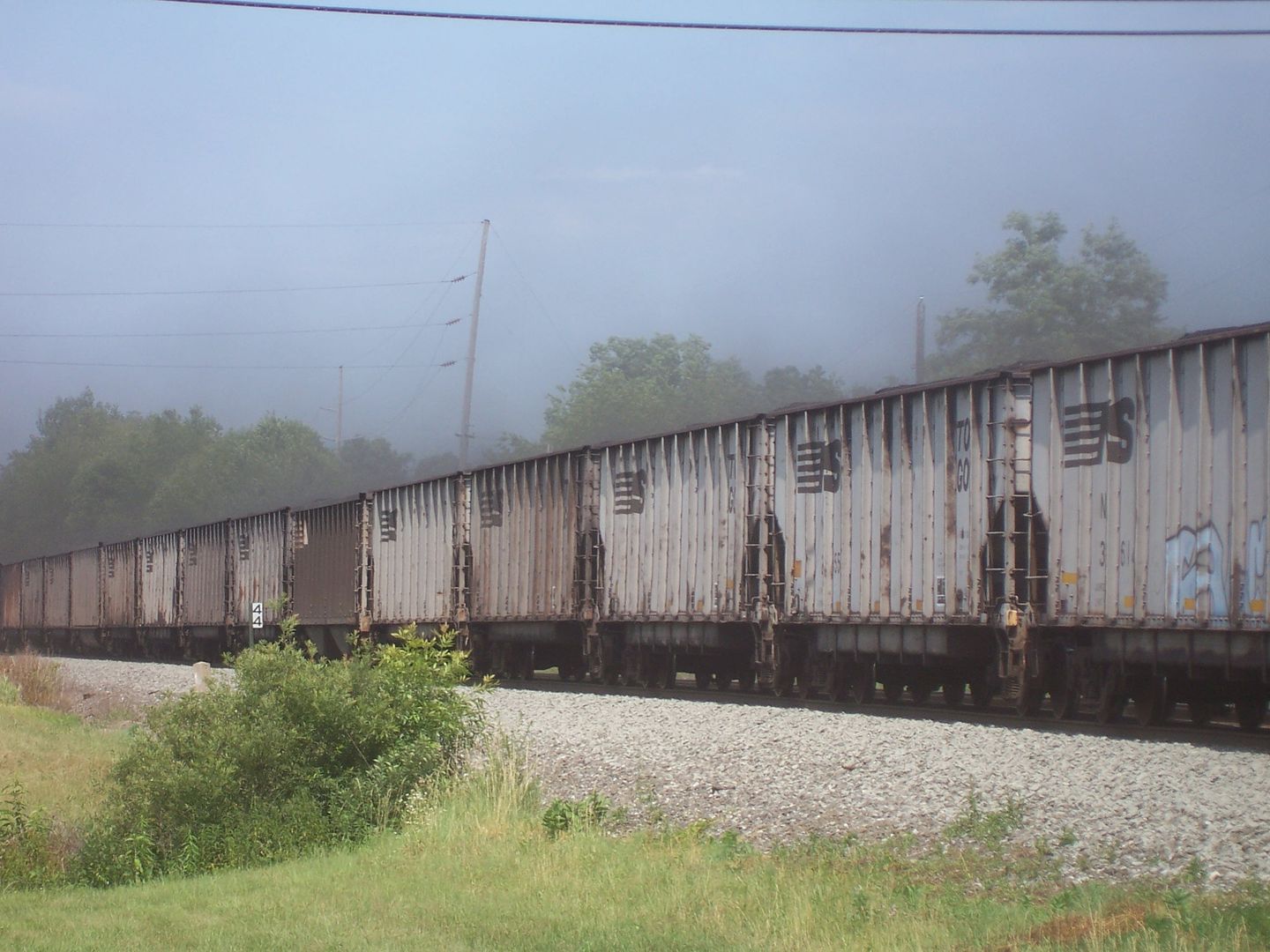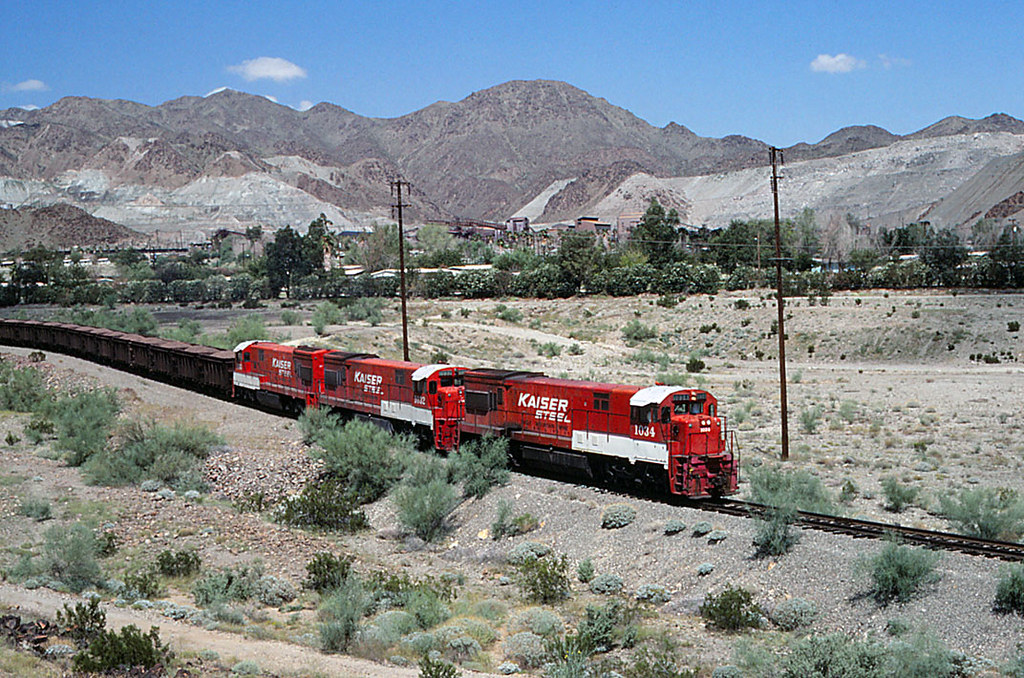In the early days of railroads, I’d guess that gondolas would have been more prevalent in coal service, and for some situations, may have remained the preferred method. After all, it’s not easy to shovel coal out of a hopper at a facility not set-up for such cars. Besides that, labour was cheap.
The situation for coke was probably similar, although the big users of coke were the steel mills, usually making their own. Industries like that and power plants were likely an impetus in the development of hoppers, as they would have developed their technologies with the economies of scale in mind. It would be much quicker to unload the cars through their hoppers than with shovels.
Keep in mind, too, that gondolas also came with drop doors and then drop bottoms, so they wouldn’t necessarily be phased out of a particular service unless the unloading process changed.
I’ve read that limestone was often shipped in hoppers, but that they were loaded to only half their cubic capacity, due to the greater density. I have, however, seen older photos, and current day ones, with hoppers fully-loaded with limestone.
Iron ore would have been the same situation as limestone, but to a greater degree due to the even greater density of the material. I’ve read of ore in hoppers being only a heap in each individual hopper pocket of the car.
Ore cars, with a shorter wheelbase, could be fully loaded, and ore cars for pellet service often had side extensions or the pellets were shipped in larger ore cars, due to their somewhat lower density than ore.
Much coal shipped nowadays travels in gondolas, larger and higher than our conventional concept of a gondola. These cars have no hoppers, but are equipped with couplers which allow the car, in its train, to be emptied rapidly in a rotary dumper…

.

